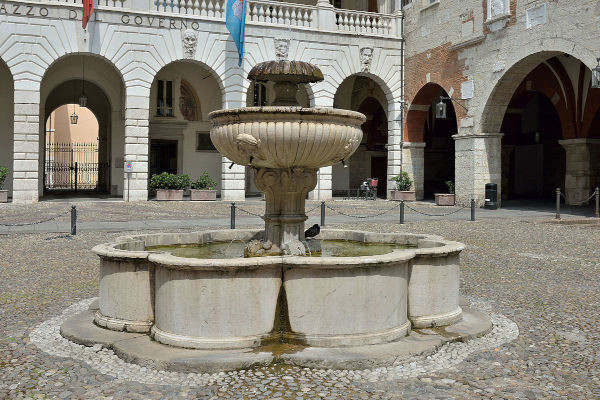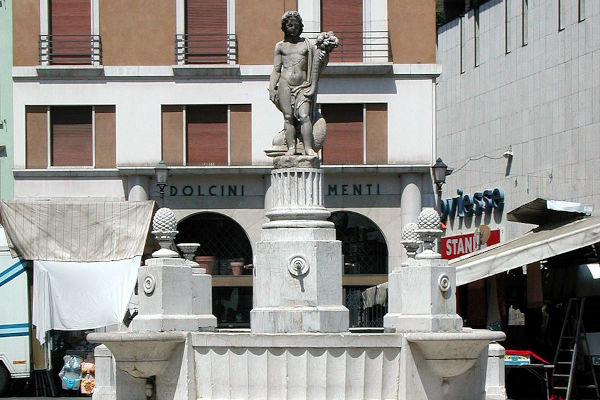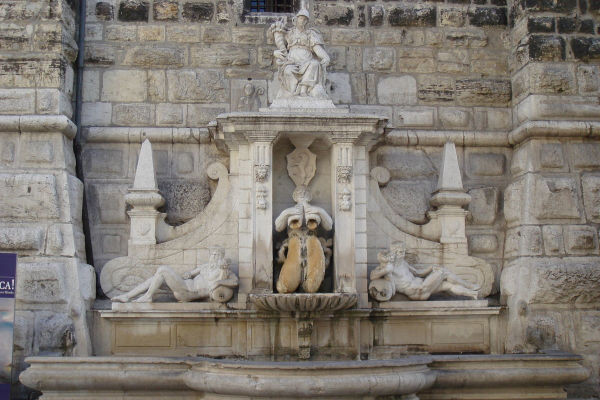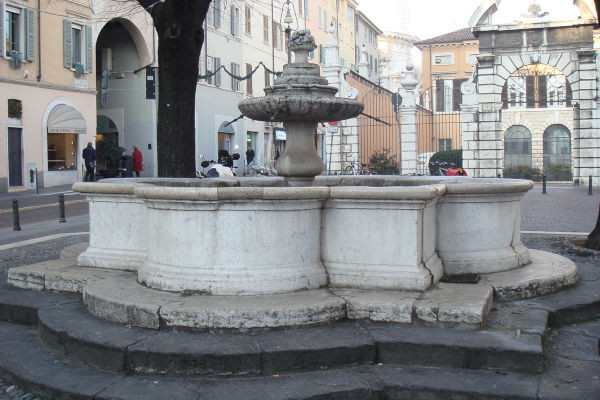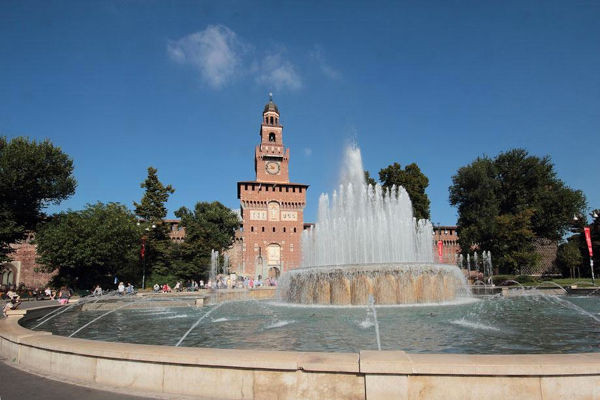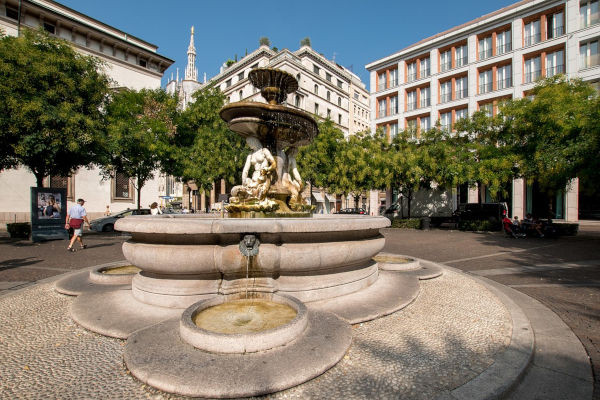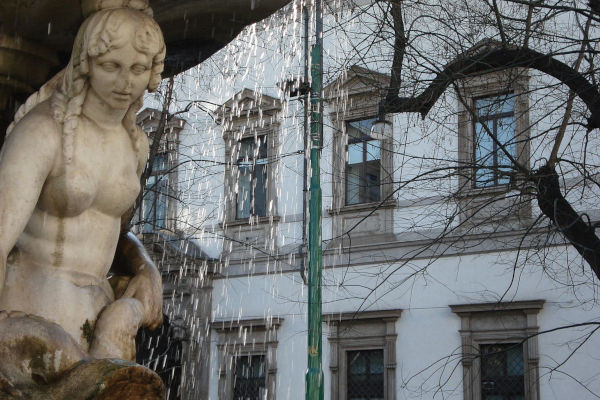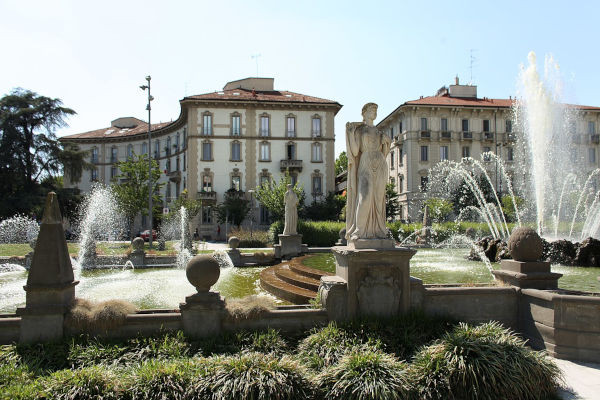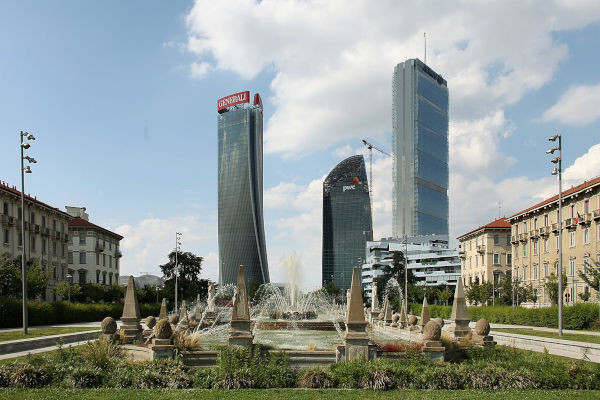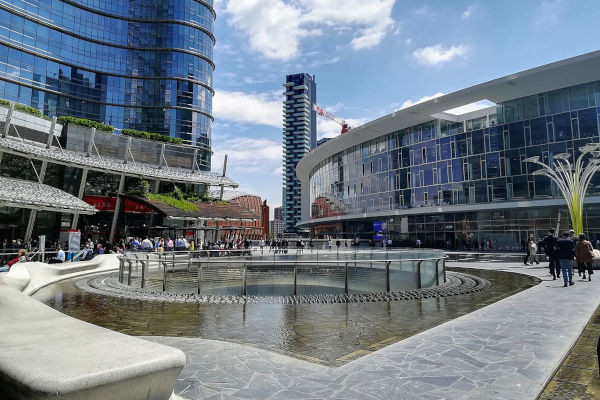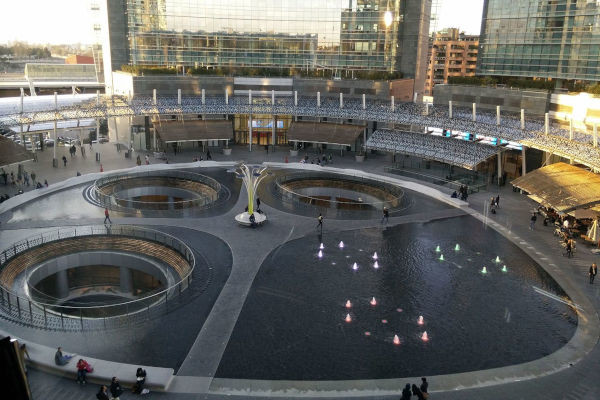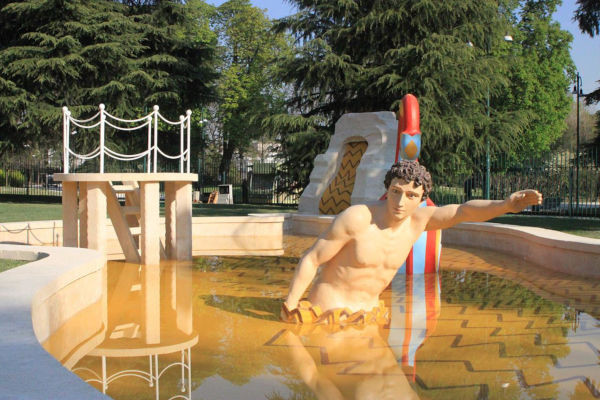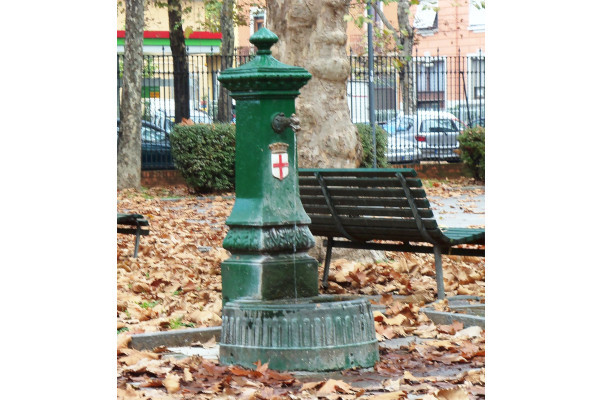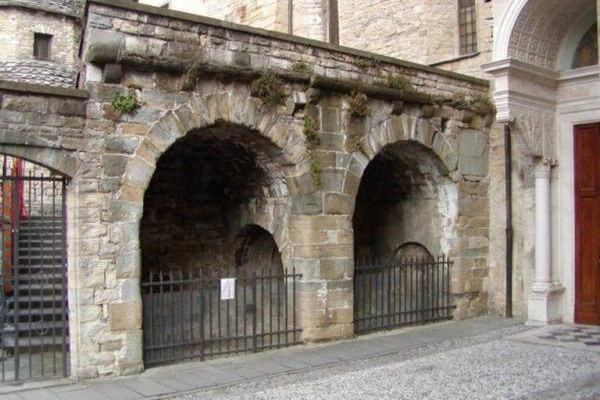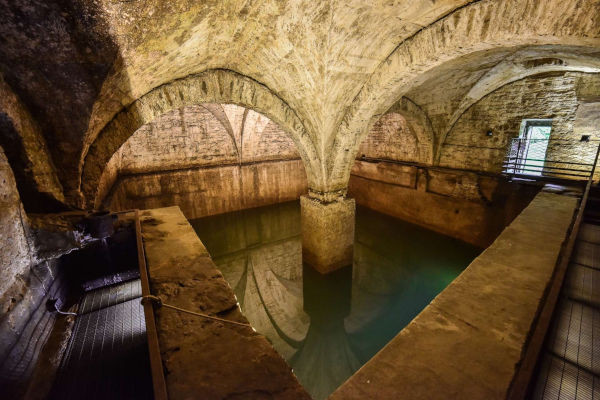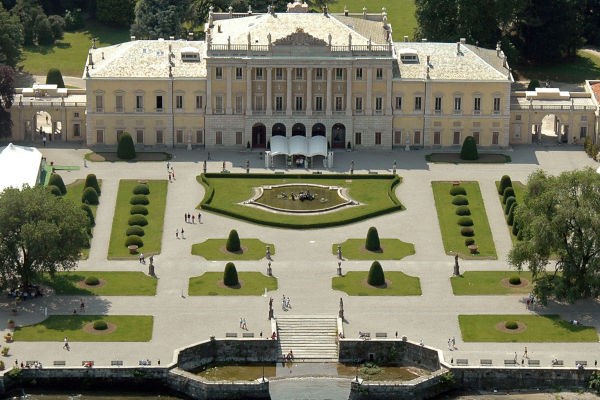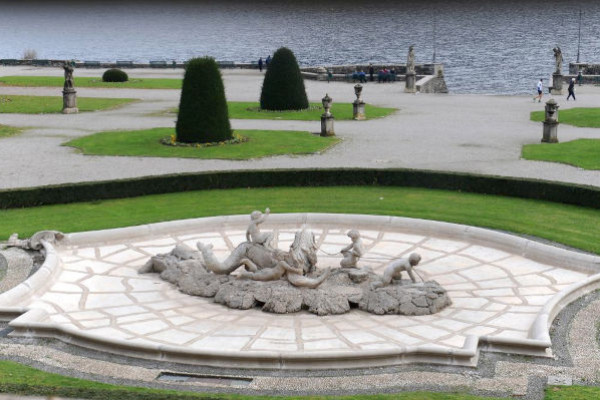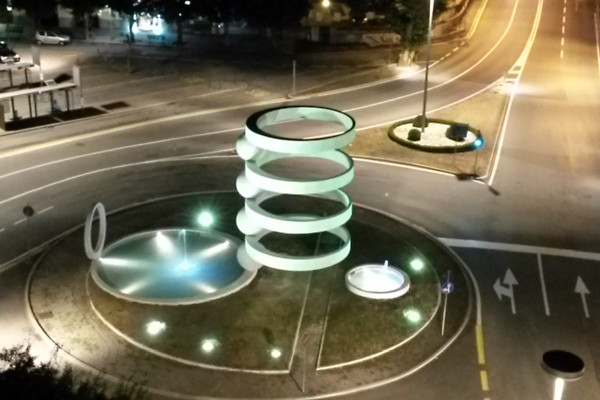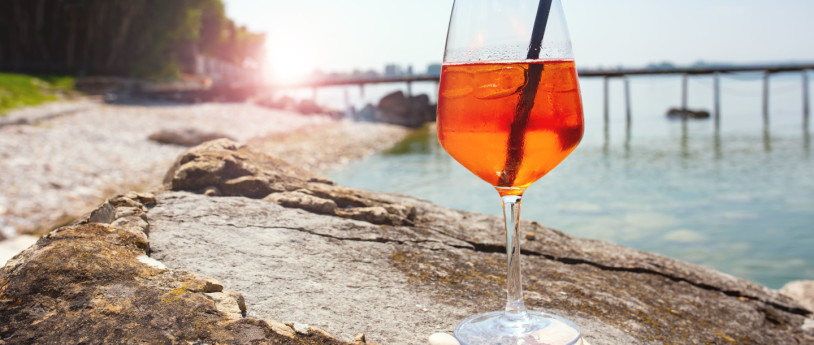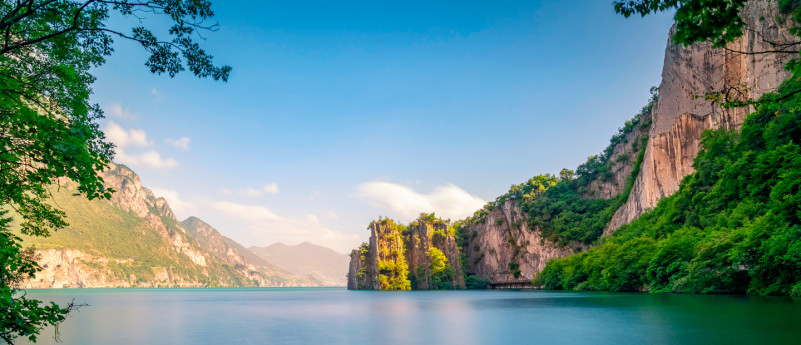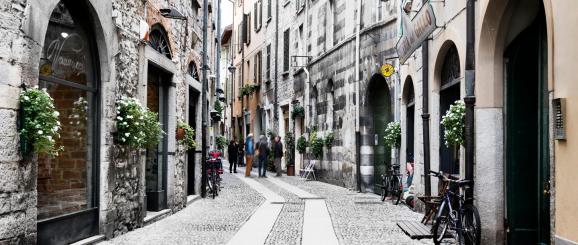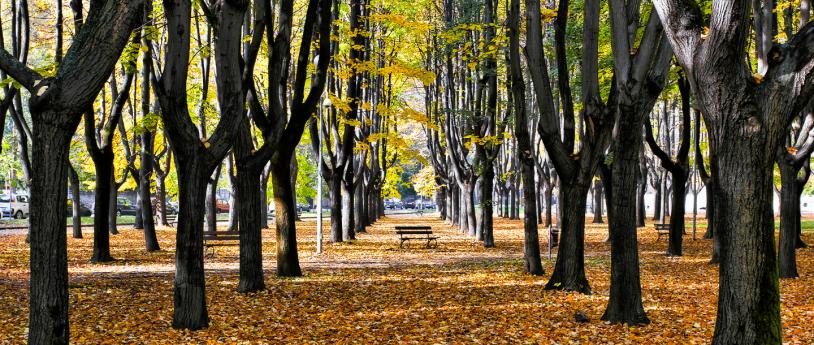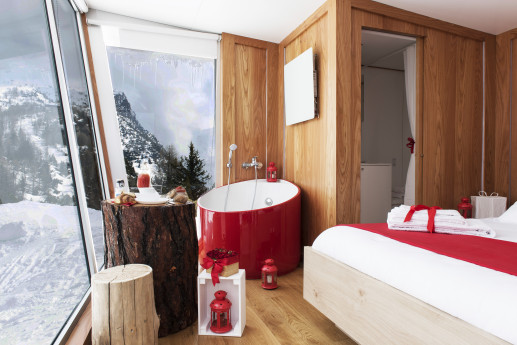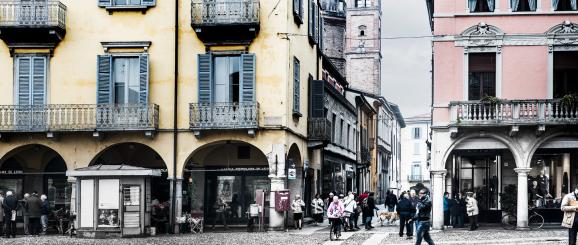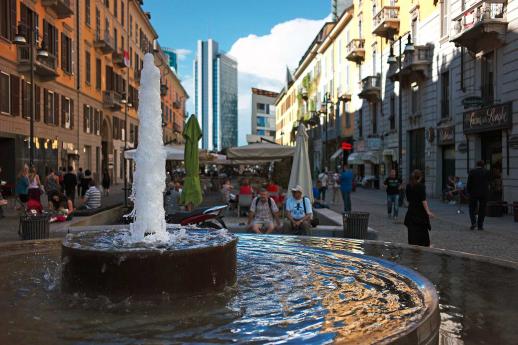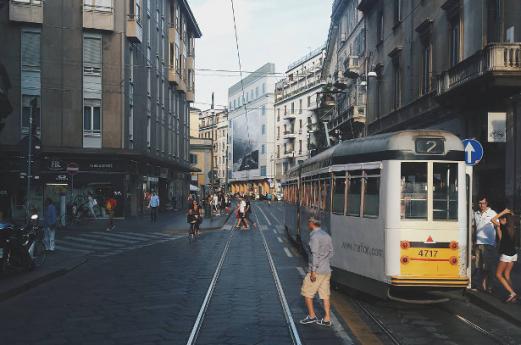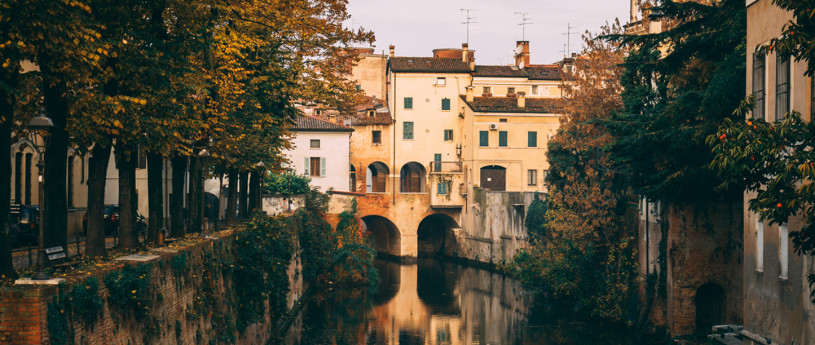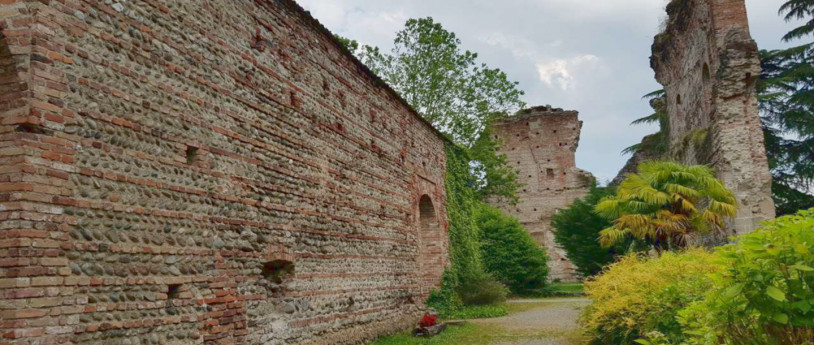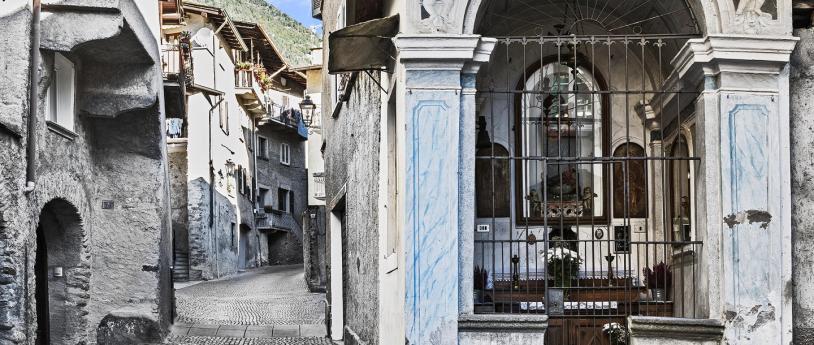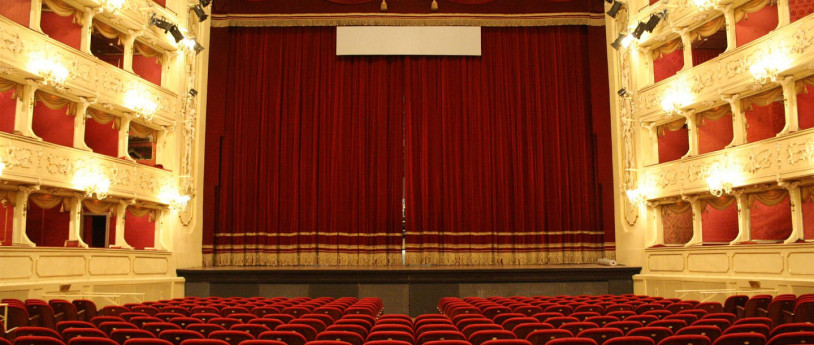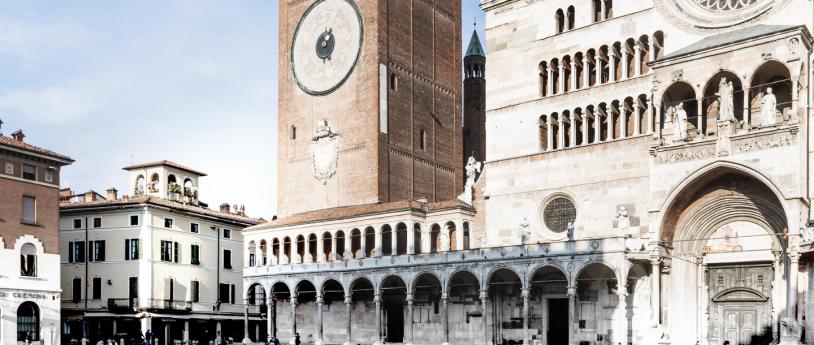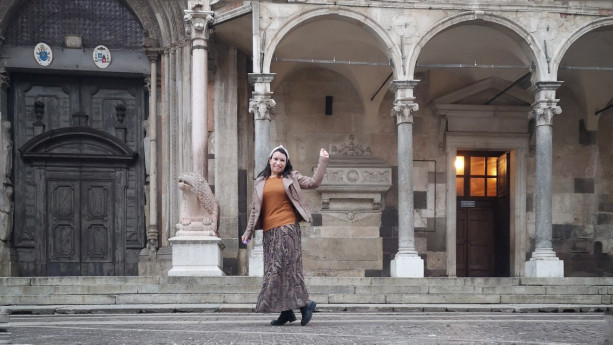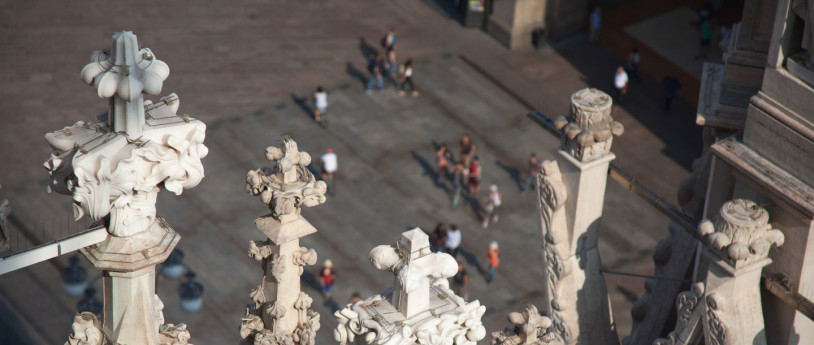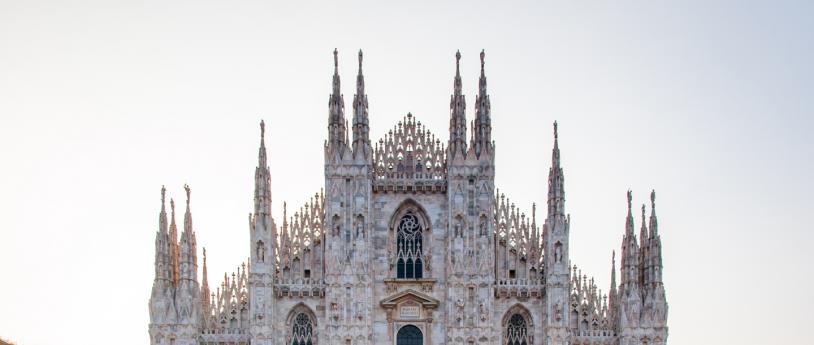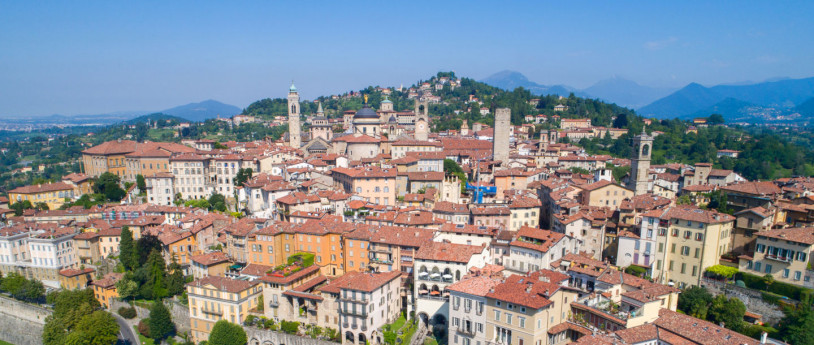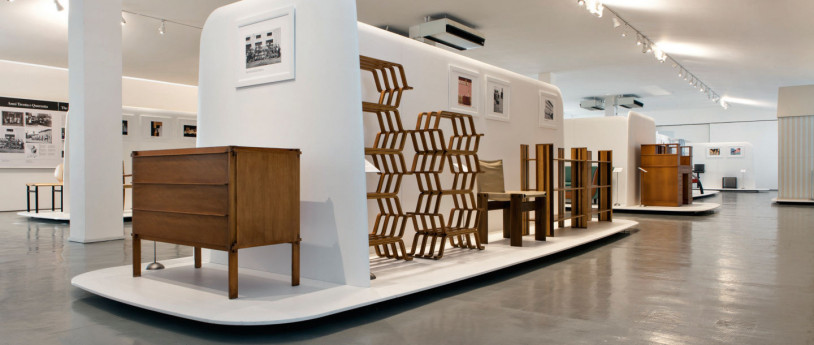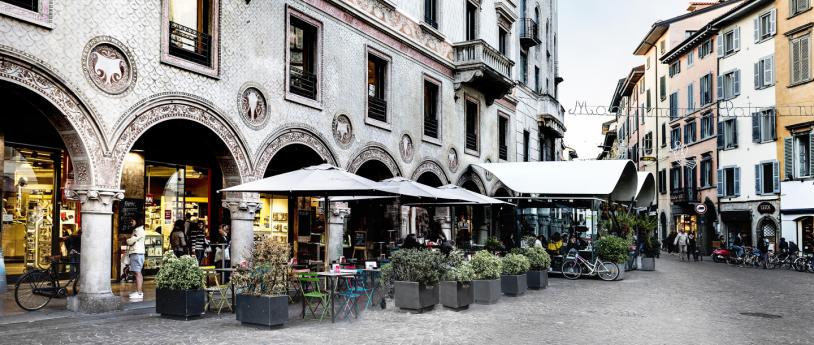- Lifestyle
- Art & Culture
The fountains and pools of Lombardy's cities
Monumental fountains, historic fountains, commemorative fountains, and drinking water fountains: the squares, streets, and parks of Lombardy's cities are adorned with artistic treasures from every era, symbolising the abundant water of our region and our love for art.
Functional ancient structures connected to the city aqueducts, works bearing the signature of famous sculptors, architectural marvels conceived by talented designers, and humble dispensers of drinking water: Lombardy's fountains can be admired as sculptures but also offer water games and refreshment, quenching the thirst of passers-by for free.
The fountains: a few notes on history and technology
Representing essential points of access to water, fountains have combined practical and ornamental purposes since the Hellenistic age. Admired by the ancient Romans but substituted in the Medieval era by wells due to the destruction of aqueducts, they flourished again in the Baroque and Renaissance periods. Until the end of the 19th century, they operated by gravity or hydraulic mechanisms that fed them with water from rivers. In the the 20th century, however, electricity made it possible to transport underground water flows, pushing them to the surface with powerful jets of water. Today, to avoid waste, fountains function as closed circuits: the water is filtered and recovered by hydraulic pumps. Here is a map of Italy's fountains. Let's discover some of the most beautiful of Lombardy's fountains.
Brescia, the city of a thousand fountains
In 1869 Brescia, the "city of 1,000 fountains", boasted 2018 fountains (78 of which were public and 1,940 of which were private), fed by the Villa Cogozzo and Mompiano aqueducts. Among the oldest of these, the majestic Pallata fountain (1569) was designed by Bagnatore and features sculptures by Carra and Bonesini. The two lower statues represent the divinities of the Mella and Garza rivers. The Broletto fountain, however, with its goblet-shaped basin in Botticino marble, dates back to the 1700s, while the four-lobed fountain in Piazza Vescovado dates back to the 18th century. At the centre of Piazza del Mercato we find the fountain of Luigi Donegani (1822), featuring an ephebe and dolphin sculpted by Giovanni Antonio Labus.
The fountains: "dancing" monuments in Milan
In Milan, there are more than 70 public fountains: here is a map and dedicated site. Let's begin with the exquisite Neoclassical fountain by Piermarini in Piazza Fontana, featuring pink granite basins and the Teodolinde, sirens riding a marble dragon. Let us now travel forward in time to admire the play of water in the Four Seasons fountain, which can be found in Piazza Giulio Cesare. Dating back to 1927, it still retains its own charm against the backdrop of the contemporary City Life. In Piazza Castello, in front of the Sforza Castle, we can find the 'turta di spus', a 40m-wide fountain with sloping basins reminiscent of a wedding cake. Built by the AEM in 1936 and removed in the 1960s to allow the construction of the underground railway, it came to light again in 2000. At the Triennale, the magical spectacle of swimmers, animals and coloured objects immersed in the Mysterious Baths, designed by Giorgio De Chirico (1973), awaits us. Finally, let's not forget the three circular overflowing fountains in Piazza Gae Aulenti, Porta Nuova: here, visitors are met with a riot of jets, lights and music, which are greatly appreciated by those seeking relief from the heat.
Drinking water fountains: quench your thirst with local water
These fountains are so widespread throughout Lombardy that they have been given a dedicated site, map and even an App: there are 754 drinking fountains in Milan alone! Nicknamed 'green dragons' (because of the shape of their mouth and colour) or 'widows' (because their continuous flow recalls the tears of a grieving wife), they are 1.5m tall and marked with the municipal coat of arms. The first, which dates back to the early 1900s and is made of gilded bronze, is located in Piazza della Scala and is the work of architect Luca Beltrami.
Bergamo, from the fountains to the city
Welcoming us to Bergamo's upper city is the Contarini fountain with its sphinxes, lions and an octagonal basin in Zandobbio marble. But in the fortress itself, the fountains were mainly used to supply the Roman aqueduct: hence the ancient Lantro fountain (10th century) with its magnificent vault converging into a single column immersed in the large water basin (400m3) and the Antescolis fountain, an historic 13th-century washhouse.
In Como, between tradition and modernity
In front of the neoclassical Villa Olmo (dating back to the 18th century), we can find the spectacular fountain commissioned by the Visconti di Modrone dukes and sculpted by Gerolamo Oldofredi, which is animated by cherubs struggling with a sea serpent. Poles apart from this example of Classicism is the monumental fountain in Camerlata (CO), built by Cesare Cattaneo and Mario Radice in 1936 and rebuilt in 1960. According to its creators, it is "a work of pure decoration, a celebration of the beautiful forms that can be obtained through perfect geometry".
-
